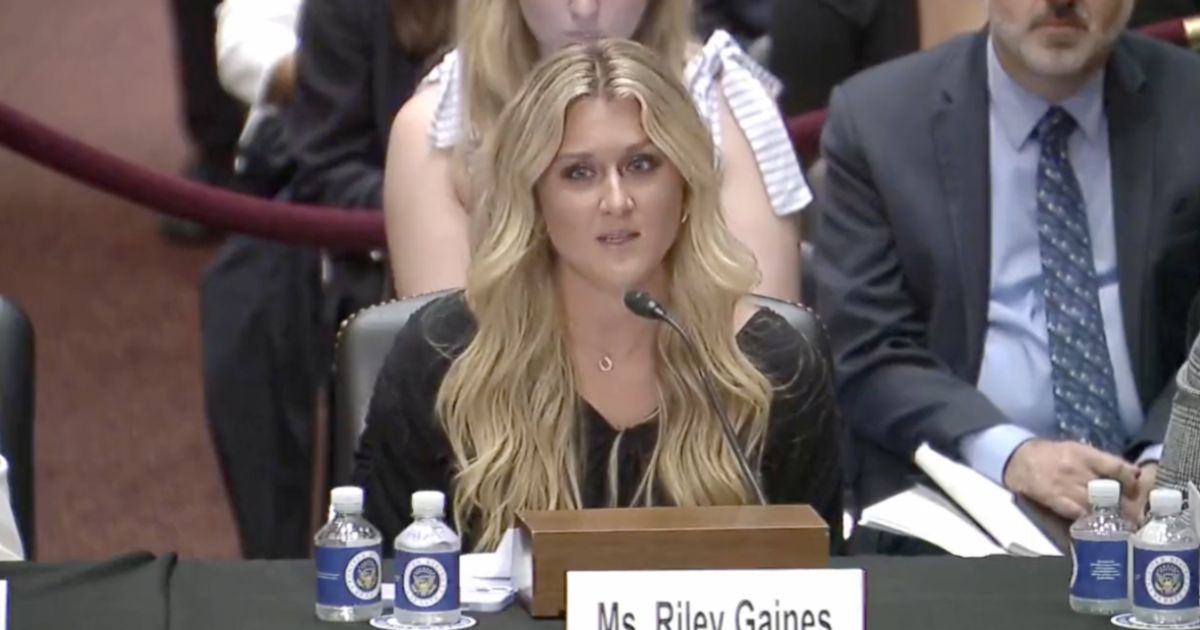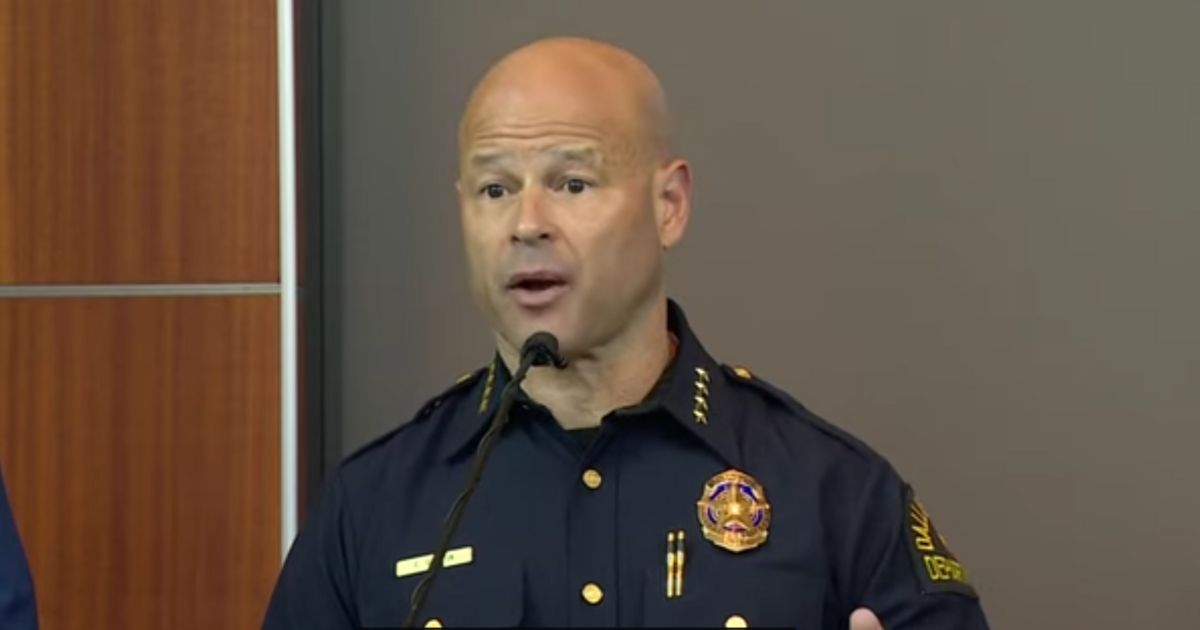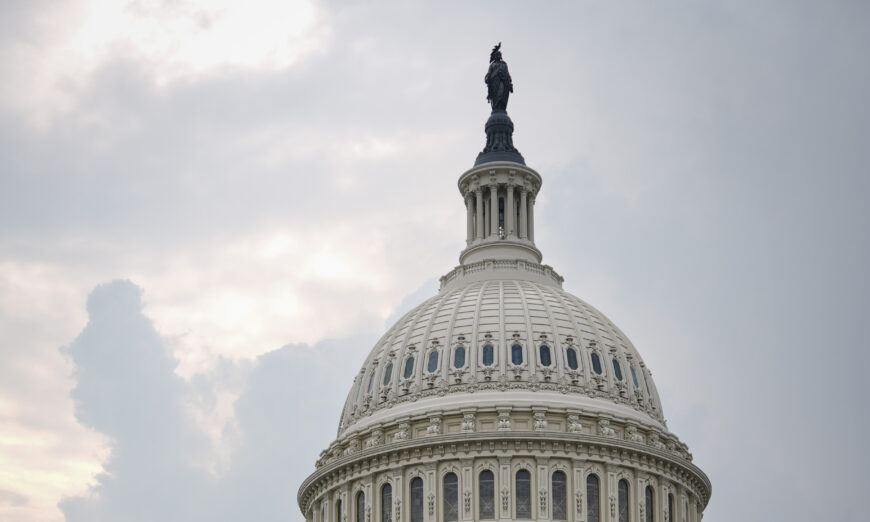US Aviation ‘Going Off a Cliff’ Unless More Pilots Step Up, Get Better Training, Capitol Hill Hearing Told
The cost of becoming an airline pilot is sky-high—in excess of six figures in many cases.
A large chunk of the cost comes from a decade-old requirement: pilots must have 1,500 hours of in-flight experience to be certified.
Yet many aspiring aviators are racking up the required hours by circling airports under sunny skies. Instead, they should be learning skills they will need to respond to changing weather conditions, equipment failures, and other inflight challenges.
At the same time, some aviation leaders worry that too few pilots are filling America’s pilot-training pipelines; regional airports have been hit hard, with hundreds of jets parked because they lack pilots to fly them.
Rep. Garret Graves (R-La.), chair of a Congressional subcommittee that is grappling with these issues, said: “We’re going off a cliff … if we’re unable to meet the projected demand” for more air travel, he said during an April 19 hearing on Capitol Hill.
It was the fourth and final hearing for the Aviation Subcommittee, which is working on a five-year spending and operations plan for the Federal Aviation Administration (FAA). A Senate committee has also been conducting hearings for the FAA reauthorization.
Pilot Shortage?
Capt. James Ambrosi, president of the Air Line Pilots Association, an international union representing 67,000 members, asserted that America has plenty of pilots, despite layoffs when airline travel plummeted during the coronavirus pandemic of 2020-21.
“Large passenger and cargo airlines have 7,500 more pilots today than before the pandemic,” he said, and flight schools are full.
But Faye Malarkey Black, CEO of the Regional Airline Association, testified: “Some (people) have used data, stripped of context, to say the pilot shortage is not real.”
In a written statement, she further explained—in 2022, a record-high 9,491 pilots qualified. But that number was inflated because it included a backlog of 4,000 pilots who were stuck when the coronavirus pandemic “disrupted the pilot development pipeline.”
Thus, when adjusted for the COVID backlog, the number of new certifications actually falls below a five-year average, Black said.
The situation could worsen as about half of all pilots are poised to retire within the next 15 years.
Major airlines siphon away talent from regional airlines, causing the regional sector to feel the pilot shortage more acutely, Black said.
Her association represents 18 regional airlines.
“Regional airlines provide more than half of the air service in 30 states,” her written testimony says. “Without regional airlines, huge segments of the U.S. population would not have access to scheduled, passenger air service without hours-long highway drives.”
Yet, the pilot shortage “is decimating small community air service,” she wrote. The shortage “has been growing for decades, driven by the inability to create a sustainable pipeline of new pilots.”
Traditionally, the U.S. military served as a great training ground for pilots who later became pilots for passenger airliners. But the military isn’t churning out as many pilots as it once did.
For these reasons, Congress needs to do more to help interested people meet funding and training requirements to become pilots, Black said.
Black said thousands more pilots would stay in the workforce if the retirement age were extended from 65 to 67.
“No data shows a pilot is unsafe at 65. But this arbitrary line forces qualified pilots to retire when they have much to offer,” Black said.
Ambrosi agrees that the cost of training, flight time, and education is higher than many people can shoulder.
Faced with shelling out $100,000 or more to meet current requirements, Ambrosi admits that if he had tried to enter the field under those conditions, he probably couldn’t have afforded the cost. He acknowledged the costs are especially prohibitive for people in lower socioeconomic classes.
Several committee members said it’s important to cultivate more interest among ethnic minorities and women, who are “underrepresented” in aviation.
After a person becomes a pilot, the positions pay solid salaries that can help recoup up-front costs. The median annual pay for airline and commercial pilots in 2021 was almost $135,000, according to the U.S. Bureau of Labor Statistics.
About 135,000 people in America were employed in those occupations, and about 7,000 more positions are expected to be added by 2031, the bureau said.
1,500-Hour Rule Supported
Some people have criticized an FAA rule requiring 1,500 hours of flight time for new pilots, questioning whether it’s excessive considering the previous requirement was 250 hours plus airline-specific training.
Amid rumblings that some people might want to see that 1,500-hour level decreased, Ambrosi and leaders of other pilot groups have declared their support for keeping it intact.
Black said her organization is not calling for a change in the rule. However, Black said studies show that “the pilots now build (flight) time at the expense of the quality and the recency of their training.”
“Despite the rhetoric, pilots do not encounter icing or thunderstorms or practice commercial flying procedures when they build this time. They fly light aircraft in clear weather. They arrive in our training programs with high time, but they are not ready,” she said. “Over-reliance on hours has introduced risk, and we are compensating with remedial training.”
The 1,500-hour rule was enacted in 2013, largely in response to the 2009 crash of Colgan Air’s Flight 3407 in New York, killing all 49 people on board, plus one person on the ground.
Congressman ‘Profoundly Affected’
Families of the Colgan Air crash victims have fought for air travel safety ever since, and several attended the committee hearing; Ambrosi and others acknowledged their presence and their tireless advocacy.
After the hearing, those family members and Ambrosi participated in a bipartisan press conference. They joined Rep. Nick Langworthy (R-N.Y.) and Rep. Brian Higgins (D-N.Y.) in calling upon Congress to preserve the 1,500-hour rule.
Langworthy told The Epoch Times that the Colgan Air crash “profoundly affected” him. The 1,500-hour rule “has made better pilots … and we should keep it that way,” he said.
Ambrosi pointed out that airline fatalities have plunged since the 1,500-hour rule was implemented, and he points out that the required number of flight hours can be reduced to as low as 750 for those who come from a military flight background.
“This is no time to weaken safety standards,” he said.
A
" Conservative News Daily does not always share or support the views and opinions expressed here; they are just those of the writer."





